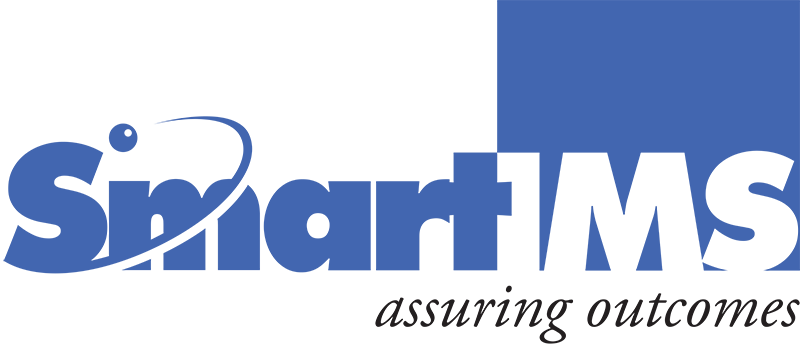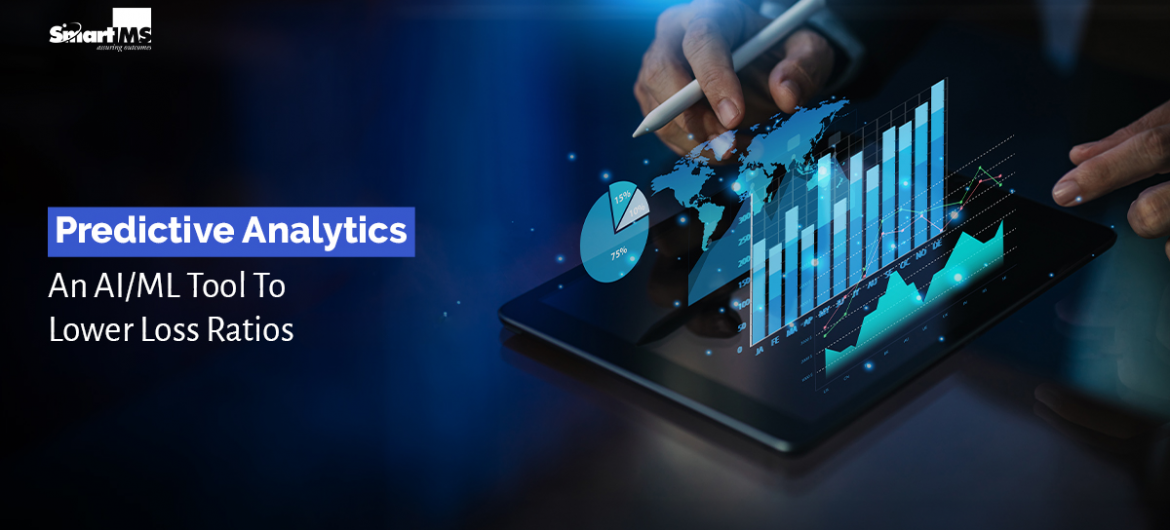“Natural disasters in South-West Pacific caused close to $9 billion in economic damage in 2022: WMO”. Such news not only brings a devastating emotional burden on people but also takes a large toll on the financial conditions of individuals, organizations, governments, etc. With most entities, citizens of a country and the country’s government as a whole opting to be insured in the modern era, the maximum financial burden falls upon Insurance companies. These natural disasters cause massive losses to insurance companies leading to a higher loss ratio.
What if you could predict the future and take measures accordingly?
Such a feature is not a superpower or a hidden ancient secret, but a science to predict the future, which in the modern era is known as predictive analytics. So, what exactly is predictive analytics? It is a branch of analytics that makes predictions for the future based on historical data combined with statistical modeling, data mining and machine learning.
While there is a plethora of technology solutions available in the market that provide a predictive analytics feature, it is important to understand which of these solutions are best fit for the company and lets the carriers take informed decisions.
Smart IMS approach is to understand the business problem first and then recommends a solution that works best for the customer. Based on what specific business problem the insurer is confronted with, Smart IMS creates a custom solution that could be either a single product or a bundle of applications including ML/AI predictive analytics solutions.
By deploying predictive analysis solutions, Insurers can sort out multiple business operation challenges like claims to pay-outs ratio, better their underwriting and much more, which in turn results in lowering the loss ratio while maximizing efficiency and effectiveness in business operations.
To know more about such services and the opportunities, follow us on LinkedIn and connect with us!



